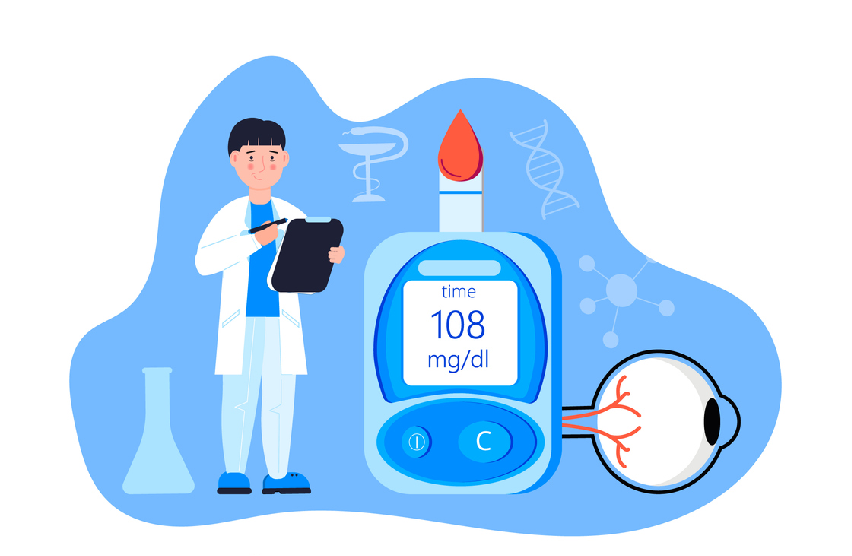- Diabetes
- Hearing Loss
- Optic Nerve Atrophy
- Cataract
- Diabetes Mellitus
- Diabetes Insipidus
- Optic Nerve Atrophy
- Hearing Loss
- Neurodegeneration
- Hattersley & Urano,2017
- Neonatal Diabetes
- Conganital Cataracts
- Sensorineural deafness
- Hypotonia
Life with a patient suffering from Wolfram syndrome involves multiple challenges and requires comprehensive care management.
Some aspects of what life might be like for WS Patient:
Living with Wolfram syndrome is complex and demands a multidimensional care approach, with strong support systems being vital for both patients and caregivers.
Wolfram syndrome, also known as DIDMOAD which represents (Diabetes Insipidus, Diabetes Mellitus, Optic Atrophy, and Deafness), is an inherited rare genetic disorder that affects multiple systems in the body. The disorder is named after Dr. Warren T. Wolfram, who first described the condition in 1938. It is estimated to affect one in 500,000 people worldwide.


In most cases, Wolfram syndrome is caused by a mutation in the WFS1 gene. This gene plays a role in the proper functioning of cells throughout the body.
The most common type and is caused by mutations in the WFS1 gene, which provides instructions for producing a protein that affects the function of cell structures called the endoplasmic reticulum. The majority of Wolfram syndrome cases fall under this type.
Wolfram symptoms: Wolfram syndrome typically appears in childhood. Some of the main symptoms include:
Diabetes Mellitus: This is a condition where the body can’t properly use sugar for energy, leading to high blood sugar levels.
Diabetes Insipidus: This condition causes excessive thirst and urination due to an imbalance of fluids in the body.
Optic Atrophy: This is a gradual loss of vision caused by damage to the optic nerve.
Deafness: Hearing loss, ranging from mild to profound, can occur.
How is it treated:
There is currently no cure for Wolfram syndrome. Treatment focuses on managing the various symptoms to improve the quality of life for those affected.

Mutations in the CDGSH iron sulfur domain protein 2 (CISD2) gene have been found in a small fraction of patients with WS. Wolfram Syndrome patients carrying mutations in the CISD2 gene develop the primary features of Wolfram syndrome, including diabetes mellitus and optic nerve atrophy, but they tend to develop other symptoms that are not typically seen in patients carrying pathogenic WFS1 variants, such as upper gastrointestinal ulceration and bleeding.
Some mutations in the WFS1 gene are associated with a distinct subset of patients who develop only one or a few symptoms seen in WS. Certain dominant pathogenic variants of the WFS1 gene cause deafness or diabetes alone. Other dominant WFS1 variants are associated with deafness together with mild optic nerve atrophy. It has been reported that autosomal dominant congenital cataracts are also associated with dominant variants of WFS1.
Age of onset refers to the typical age at which a disease first manifests its symptoms. For some diseases, the age of onset might vary, and a doctor may use this information to make a diagnosis. Some disorders may show symptoms at one particular age or at numerous different ages. Other diseases can manifest their symptoms at any point in a person’s life.
We decided to carry the flag for Rare diseases and wolfram syndrome in Saudi Arabia and create a community to an umbrella for Rare diseases.